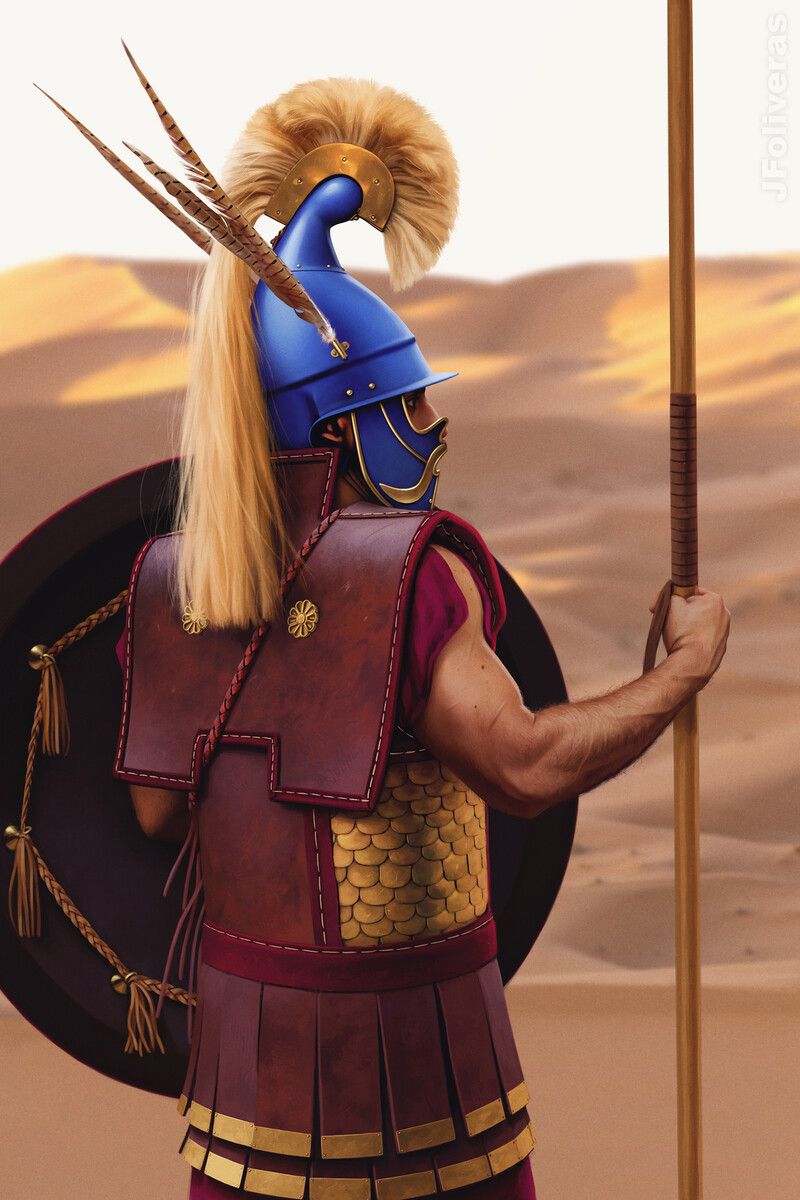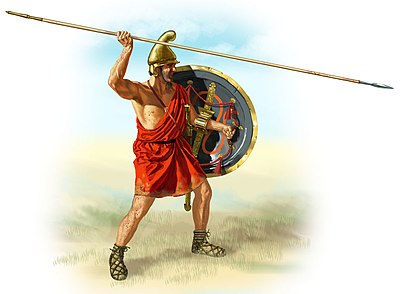
Seleucid Empire
The Seleucid Empire was a Greek state in West Asia that existed during the Hellenistic period from 312 BCE to 63 BCE. The Seleucid Empire was founded by the Macedonian general Seleucus I Nicator, following the division of the Macedonian Empire originally founded by Alexander the Great.
After receiving the Mesopotamian region of Babylonia in 321 BCE, Seleucus I began expanding his dominions to include the Near Eastern territories that encompass modern-day Iraq, Iran, Afghanistan, Syria, all of which had been under Macedonian control after the fall of the former Persian Achaemenid Empire. At the Seleucid Empire's height, it had consisted of territory that had covered Anatolia, Persia, the Levant, and what are now modern Iraq, Kuwait, Afghanistan, and parts of Turkmenistan.
The Seleucid Empire was a major center of Hellenistic culture. Greek customs and language were privileged; the wide variety of local traditions had been generally tolerated, while an urban Greek elite had formed the dominant political class and was reinforced by steady immigration from Greece. The empire's western territories were repeatedly contested with Ptolemaic Egypt—a rival Hellenistic state. To the east, conflict with the Indian ruler Chandragupta of the Maurya Empire in 305 BCE led to the cession of vast territory west of the Indus and a political alliance.
In the early second century BCE, Antiochus III the Great attempted to project Seleucid power and authority into Hellenistic Greece, but his attempts were thwarted by the Roman Republic and its Greek allies. The Seleucids were forced to pay costly war reparations and had to relinquish territorial claims west of the Taurus Mountains in southern Anatolia, marking the gradual decline of their empire. Mithridates I of Parthia conquered much of the remaining eastern lands of the Seleucid Empire in the mid-second century BCE, while the independent Greco-Bactrian Kingdom continued to flourish in the northeast. The Seleucid kings were thereafter reduced to a rump state in Syria, until their conquest by Tigranes the Great of Armenia in 83 BCE, and ultimate overthrow by the Roman general Pompey in 63 BCE.
































